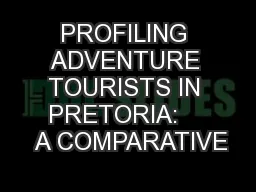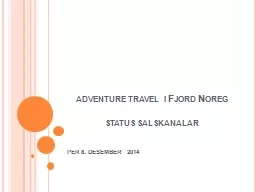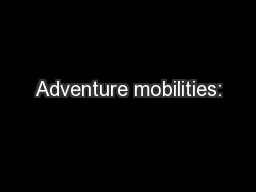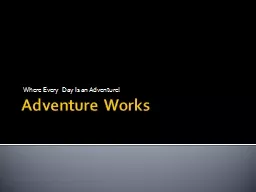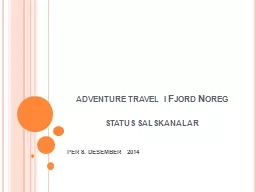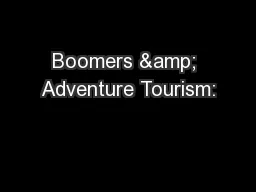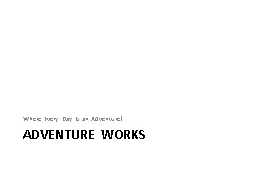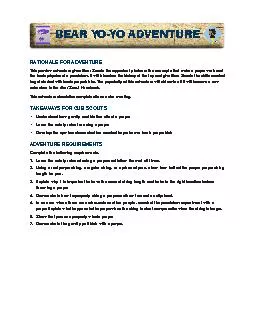PPT-Adventure Market Overview
Author : stefany-barnette | Published Date : 2016-06-26
Area Attractions Luncheon May 22 2014 Julie Thorner 3 Comprehend the importance and opportunities presented by following best practices when operating in sensitive
Presentation Embed Code
Download Presentation
Download Presentation The PPT/PDF document "Adventure Market Overview" is the property of its rightful owner. Permission is granted to download and print the materials on this website for personal, non-commercial use only, and to display it on your personal computer provided you do not modify the materials and that you retain all copyright notices contained in the materials. By downloading content from our website, you accept the terms of this agreement.
Adventure Market Overview: Transcript
Download Rules Of Document
"Adventure Market Overview"The content belongs to its owner. You may download and print it for personal use, without modification, and keep all copyright notices. By downloading, you agree to these terms.
Related Documents


